Sometimes sites like Demand Studios, Yahoo’s Associated Content, AOL’s Seed.com, and Suite101 are called names like "content farms" or "content mills". You can call them whatever you like, but the fact of the matter is that they’re attracting a lot of writers and producing a lot of content, which is appearing in a lot of search results for better or worse. WebProNews had a conversation with Suite101 CEO Peter Berger (who has said Suite101 is not a content farm, by the way) about this industry, how people are interacting with content in different markets, search vs. social media, and more.
Do you find content from sites like these valuable? Share your thoughts.
"Search might never be flawless, but it is the superior angle to access the web’s best content for any question a consumer or information seeker has at a given point in time," Berger tells us.
Sites like Suite101, and those from the others mentioned are largely about "evergreen content" – content that doesn’t lose its usefulness over time. This content tends to cater more to search than to social media, because it often sets out to solve problems users are actively looking to solve, which isn’t necessarily going to be the kind of content they want all their friends to see. Still, social has its place for this kind of content in addition to the more share-friendly stuff.
 "The ongoing development of social media is certainly one of the most significant developments we are seeing on the web right now: the social web is creating incremental opportunities beyond purely search- or destination-centric ways to navigate content," says Berger. "This varies of course by the individual content piece: while a story about the latest soccer match between Madrid and Barcelona may spread like wildfire socially, another, more timeless article on giving childbirth might prosper over longer time horizons as friends tell their friends about it when they need it. And a great manual on how to repair a punctured bicycle tire might never get any social attention, but will help a lot of people searching for immediate help."
"The ongoing development of social media is certainly one of the most significant developments we are seeing on the web right now: the social web is creating incremental opportunities beyond purely search- or destination-centric ways to navigate content," says Berger. "This varies of course by the individual content piece: while a story about the latest soccer match between Madrid and Barcelona may spread like wildfire socially, another, more timeless article on giving childbirth might prosper over longer time horizons as friends tell their friends about it when they need it. And a great manual on how to repair a punctured bicycle tire might never get any social attention, but will help a lot of people searching for immediate help."
Evergreen content is only as useful as its ability to be trusted, however. That means these sites have to consistently produce quality content that users can trust enough at least to click on and read before establishing a real opinion about it.
Look at Wikipedia
"Wikipedia was probably the first content site that became a search-driven utility the general public is aware of: most web users today possess a concept of what they can and cannot do with Wikipedia definitions in their search results," explains Berger. "New content models like Suite101…and some of our competitors will soon have built a reach that will foster a similar kind of public brand building where users judge web sites purely based on how well and trustworthy past search results helped them achieve their goals."
"One does not have to go back to the debates around Wikipedia’s content creation model several years ago to predict that content quality will be decisive for our space to win the user trust needed to keep growing to large scale utility status," he says. "We think that the high-touch, editorial model of Suite101, enabling only high quality writers to publish content, is one of the key ingredients to success as our industry matures."
While sites like these (particularly Demand Media’s offerings) have seen a great deal of criticism over quality, it is for the reasons Berger is talking about that it is in these sites’ best interest to maintain a level of quality so people will not be afraid to click the results in search engines even if they do rank well.
Regardless of how any of these sites are perceived (and there is a pretty broad spectrum of perception), they’re certainly attracting the interest of writers looking for money and experts (or those striving to be thought of as experts) looking to build their credibility and brand reputations.
"Every week, several thousand people apply to become Suite101 writers," Berger tells us. "While we only accept a portion of applicants based on our non-negotiable quality standards, we do have many successful writers on our site who do not consider themselves ‘writers’.
"We see it as Suite101’s mission to enable people – anyone who can write well and with deep understanding of a subject – to achieve their goals," he says. "These might be earning money, addressing large audiences, building up a personal professional brand, or simply enjoying creative freedom in a nurturing, peer-oriented environment."
Content Interaction in Different Markets
Suite101 has expanded into several foreign markets, and Berger had some interesting things to say on how people in these markets interact with the site’s content. "After launching versions of Suite101 in German, Spanish and French, with specialized teams and physical offices on the ground, we have learned a great deal about language- and market-specific differences," Berger tells us. "Social signals, for example, gain ground rapidly in all major markets as a factor influencing content usage, and non-English markets prove to be quite receptive."
"Case in point: our French and Spanish language sites receive a three times greater traffic share from Facebook pages than our English and German sites," he adds. "Third-party referral traffic, on the other hand, is particularly substantial for our German content."
"But so far we find that the similarities to our North American home market by far outweigh any differences," Berger notes.
Monetization
"The best option to monetize most online content is (and will be for some time) advertising," says Berger. "Advertisers today have sophisticated options to ensure their ads generate impact, which means that monetization varies strongly between subject areas, geographies and sites. At Suite101, we help writers who want to generate significant incomes understand how they can focus their articles on attractive niche opportunities."
"With the launch of our Spanish site last year, we entered all Latin American advertising markets – all of which currently lag a few years behind the US or German markets, for example, in terms of maturity and general level of monetization," he says. "As e-commerce penetration and advertiser sophistication improve in those markets, Suite101 and its local writers will directly and increasingly benefit from the traffic reach we are creating today."
Currently, Suite101 is claiming 28 million unique visitors per month.
Are sites like Suite101, Demand Studios, Associated Content, and Seed good for the content industry? Tell us what you think.
Related:
SEO and Quality Key to Competing in the Long Tail
Suite101 Shares Thoughts on Google/Demand Media Patents
 “Portability is a game-changer in transforming the way that people shop,” said Chris Davey, worldwide head of commerce at SapientNitro.
“Portability is a game-changer in transforming the way that people shop,” said Chris Davey, worldwide head of commerce at SapientNitro. 
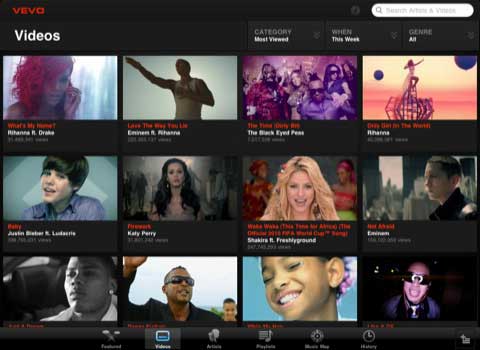

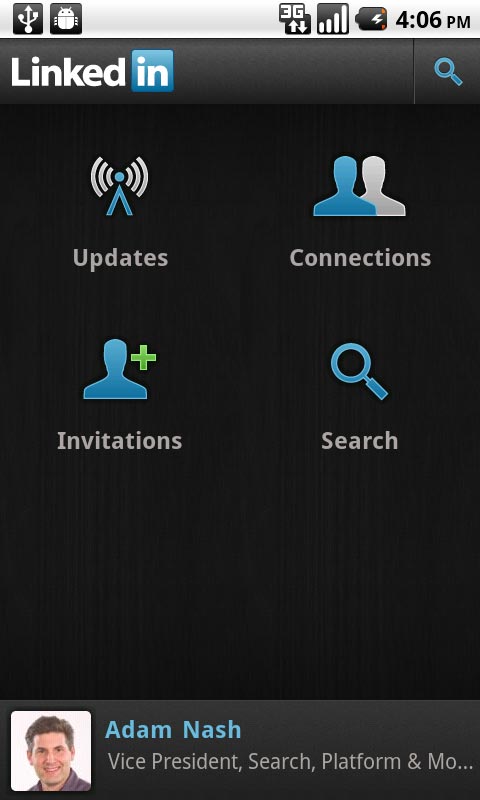



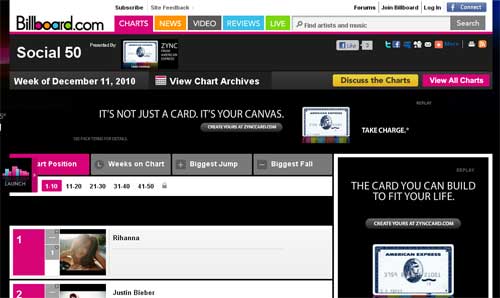
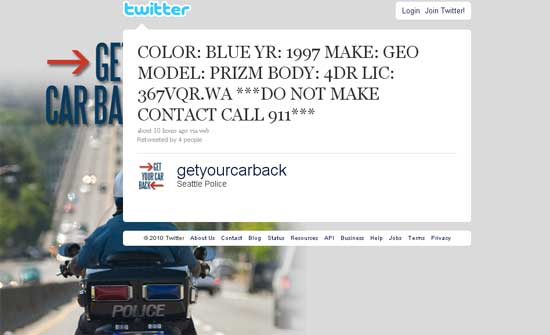

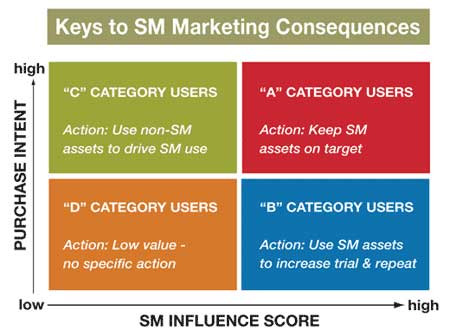

 "If we, the Web’s users, allow these and other trends to proceed unchecked, the Web could be broken into fragmented islands. We could lose the freedom to connect with whichever Web sites we want," he adds. "The ill effects could extend to smartphones and pads, which are also portals to the extensive information that the Web provides."
"If we, the Web’s users, allow these and other trends to proceed unchecked, the Web could be broken into fragmented islands. We could lose the freedom to connect with whichever Web sites we want," he adds. "The ill effects could extend to smartphones and pads, which are also portals to the extensive information that the Web provides." 
 “The restaurant industry is ahead of the curve in embracing social media to engage with and interact with consumers. Our goal is to support Marketing in enhancing their Facebook initiatives with the ability to drive sales and guest loyalty,” said Joseph Gagnon, chief executive officer,
“The restaurant industry is ahead of the curve in embracing social media to engage with and interact with consumers. Our goal is to support Marketing in enhancing their Facebook initiatives with the ability to drive sales and guest loyalty,” said Joseph Gagnon, chief executive officer,  "Security protection will be required to work seamlessly across many platforms as users switch between devices and laptops used to store and transmit information online," he adds. "Businesses will look to the cloud to secure their information longer-term, irrespective of how the data is accessed. There will also be a drive for stronger cloud-based authentication and for the cloud to remove malicious threats before they reach the network or device."
"Security protection will be required to work seamlessly across many platforms as users switch between devices and laptops used to store and transmit information online," he adds. "Businesses will look to the cloud to secure their information longer-term, irrespective of how the data is accessed. There will also be a drive for stronger cloud-based authentication and for the cloud to remove malicious threats before they reach the network or device." 
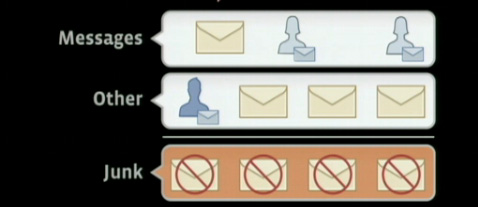
 "We don’t expect anyone to wake up tomorrow and say, ‘Ok, I’m going to shut down my Yahoo Mail account or my Gmail account," Zuckerberg said. He later added that maybe one day people will start to say that email isn’t as important as it was before, thought it "will always be a part."
"We don’t expect anyone to wake up tomorrow and say, ‘Ok, I’m going to shut down my Yahoo Mail account or my Gmail account," Zuckerberg said. He later added that maybe one day people will start to say that email isn’t as important as it was before, thought it "will always be a part."